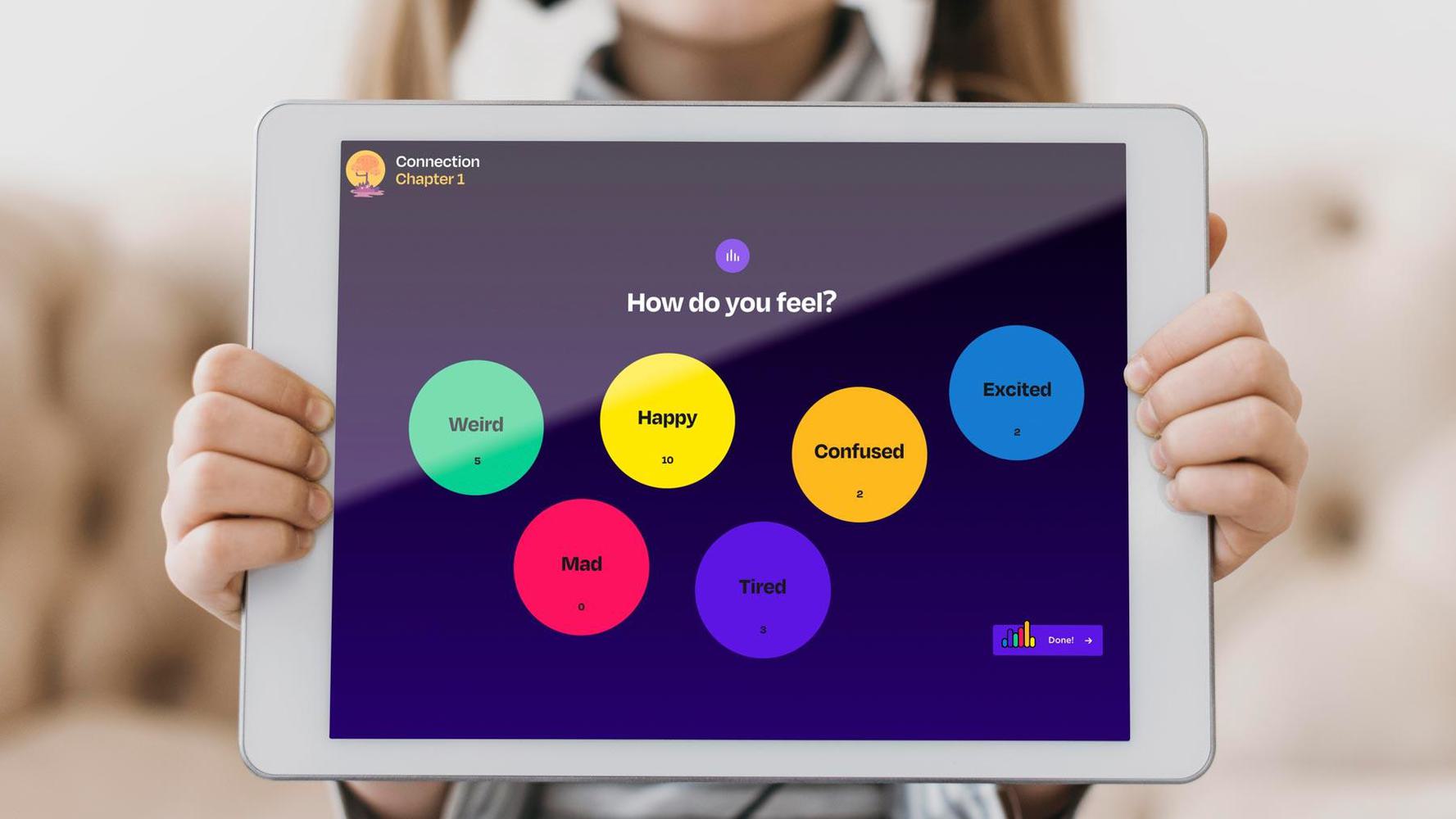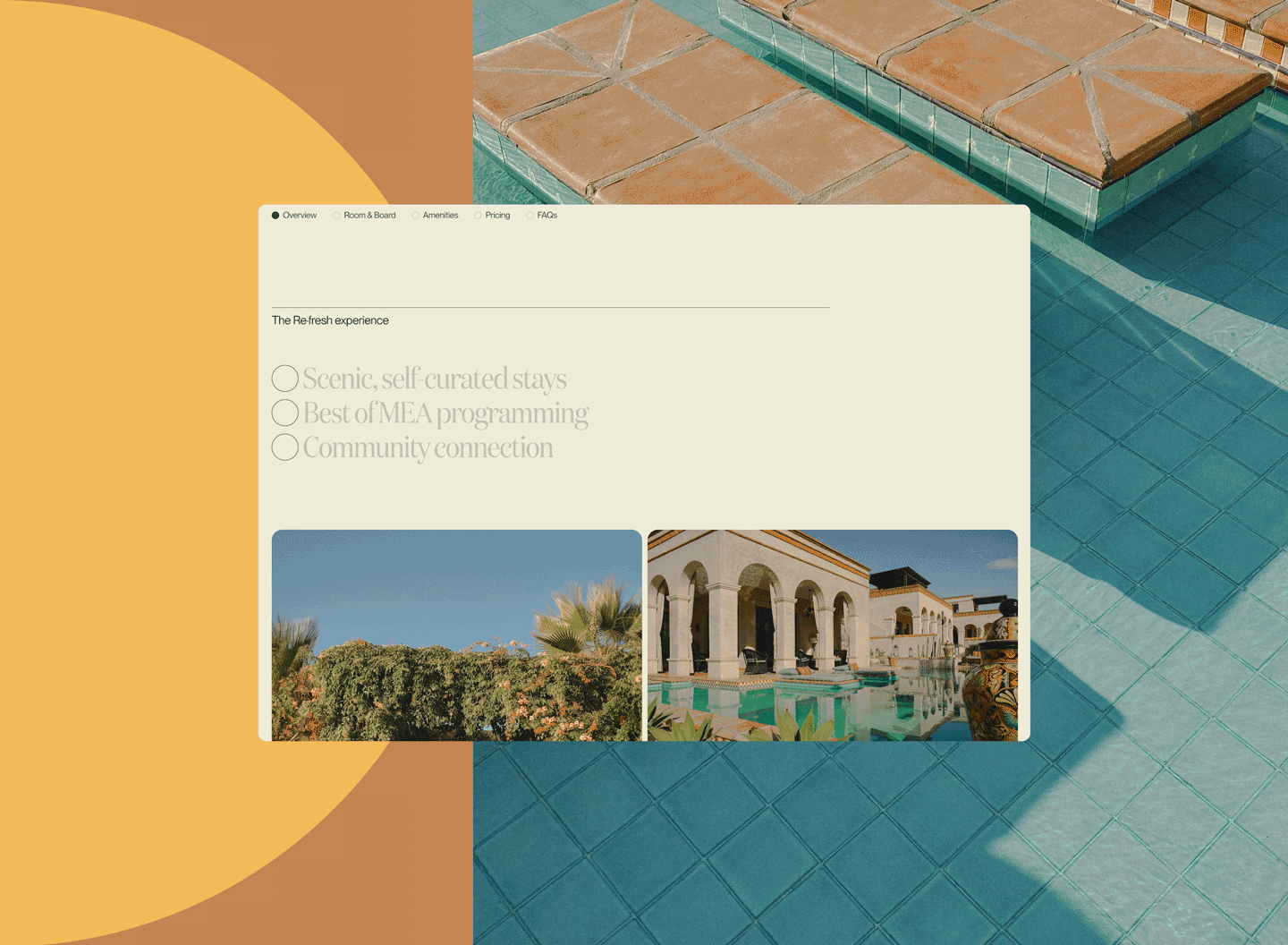Today’s digital landscape is brutal for publishers. Legacy titles, traditionally oriented toward generating content rather than nurturing relationships with their readers, are at a huge disadvantage in a social media–driven world. When these titles do dedicate resources to engagement, it’s often dependent on a third-party platform that can change its norms on a dime.
In our role as a digital strategy advisor to Condé Nast, we worked with Vogue to find their community and regain control of their content. Our goal was to modernize Vogue’s approach to content delivery and audience engagement. The result was a mobile-first, digital-first, multiplayer experience unlike anything else, now extending across the most iconic brands in media.
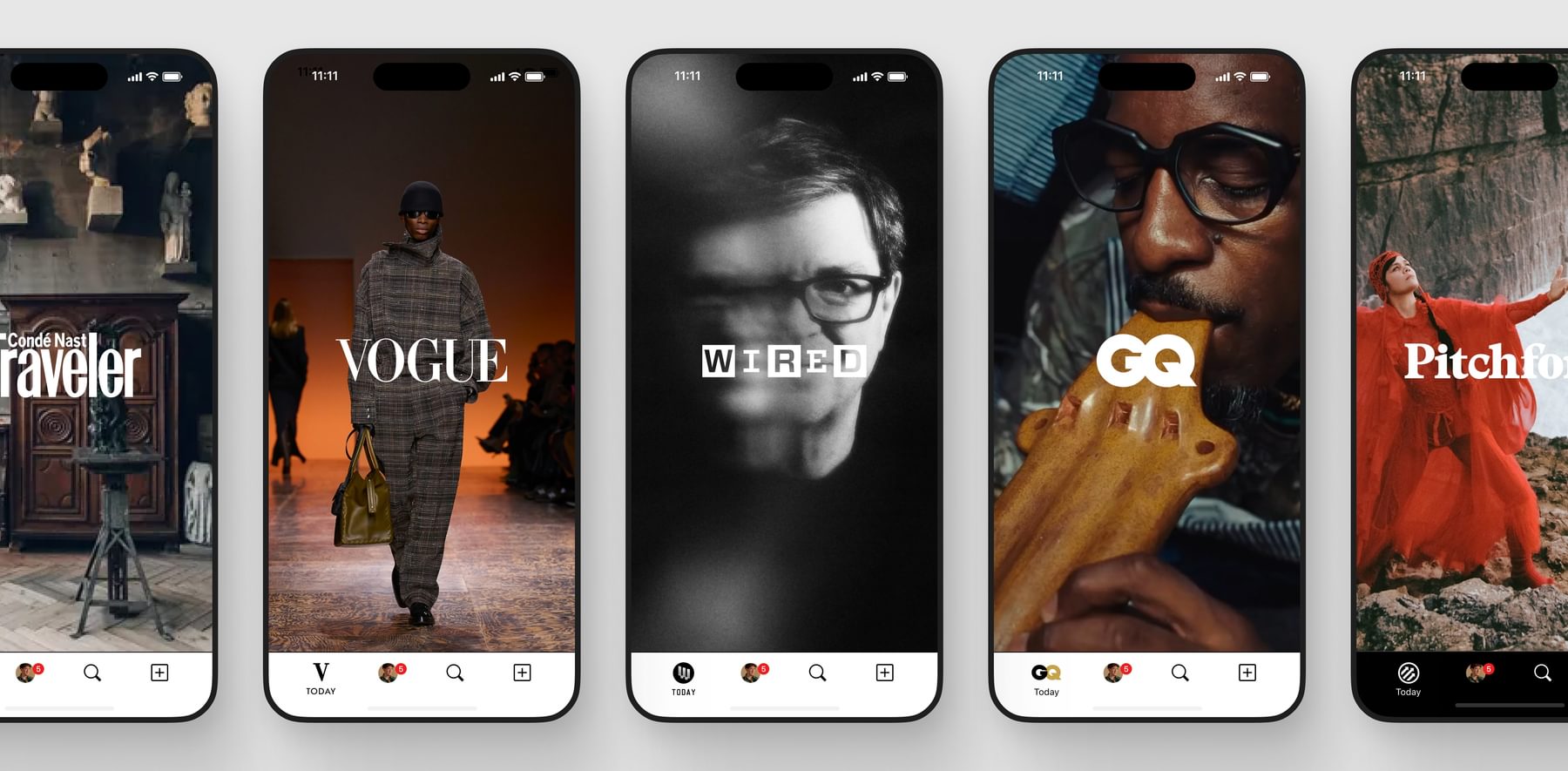
We envisioned a new product and platform that would enable Vogue to connect with their readers in a more profound and meaningful way, all while retaining control over their content distribution. This was clearly a significant task that would require changing both deep-seated consumer behaviors and the magazine’s business model.
We needed to leverage the best aspects of social media while solving for some of the worst flaws. We took note of the most common user refrain across every platform: they were desperate to carve insight out of noise. Overwhelmed by large volumes of irrelevant or low-quality content, a cascade of notifications, and the relentless pace of being online, there was an urgent need for clarity and simplicity.
Webby Honoree
Best Product: Arts, Culture, & Events
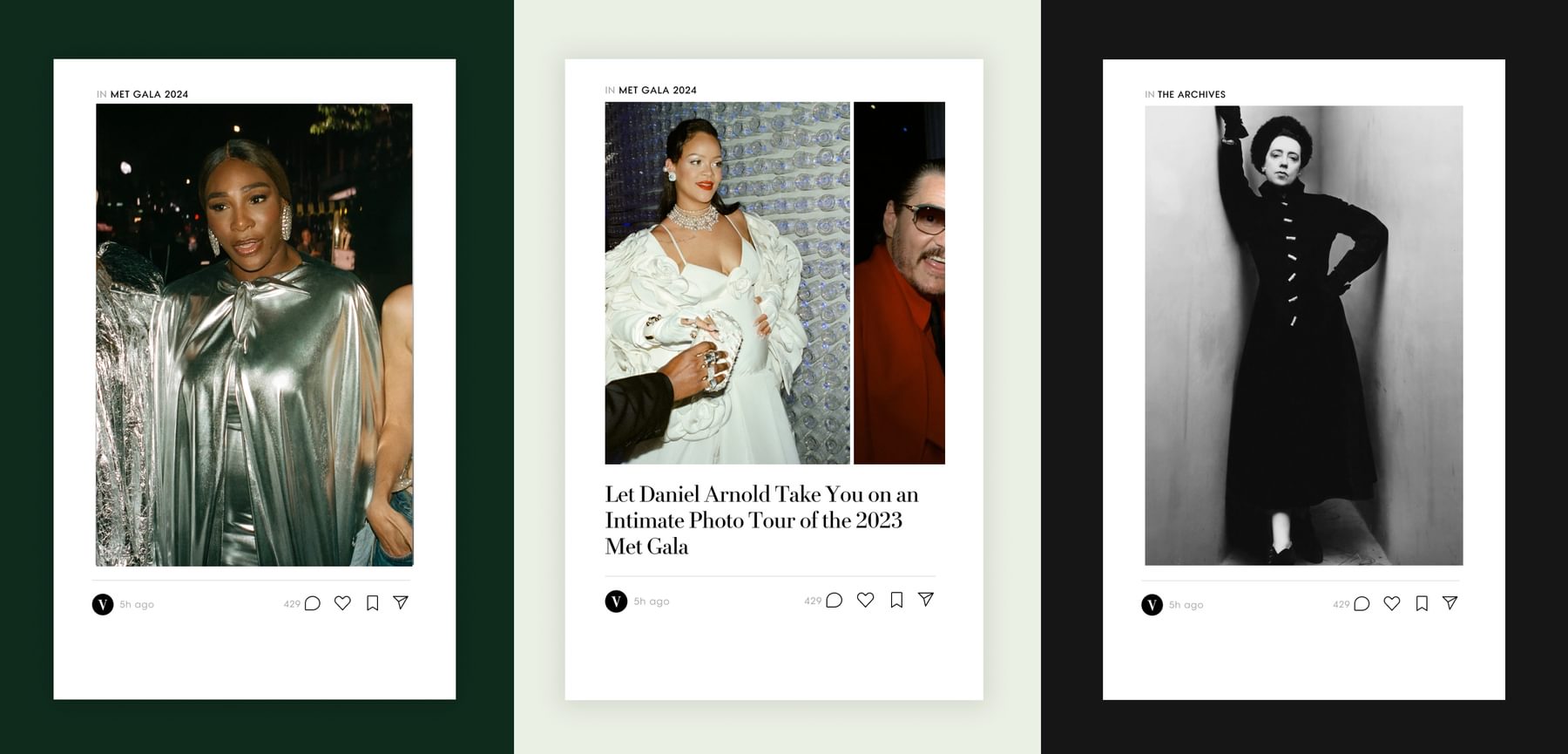
We also knew we wanted to give users a way to contribute. While a majority of users on all platforms are lurkers, the fact that there is user-generated content provides a critical sense of vitality, relevance, and belonging to the entire user base. It’s also a way to meet the daily cadence of social media without undergoing a total operational shift, while generating valuable user data to help evolve and sustain the product long-term.
One part of the social media ecosystem that’s thriving is smaller, closed circles built around mutual interests, like Substack. It’s a model that’s extremely practical for a publisher working in the varied world of fashion. We structured the Vogue app’s user experience around small communities that were carefully curated to align with specific interests, and built in safeguards to help users get a highly customized experience as they navigated a blend of expert content from the editors and user-generated posts. Content is editor-moderated, clearly delineated by creator type and backed up with user verification. There are detailed filters for controlling what you see.
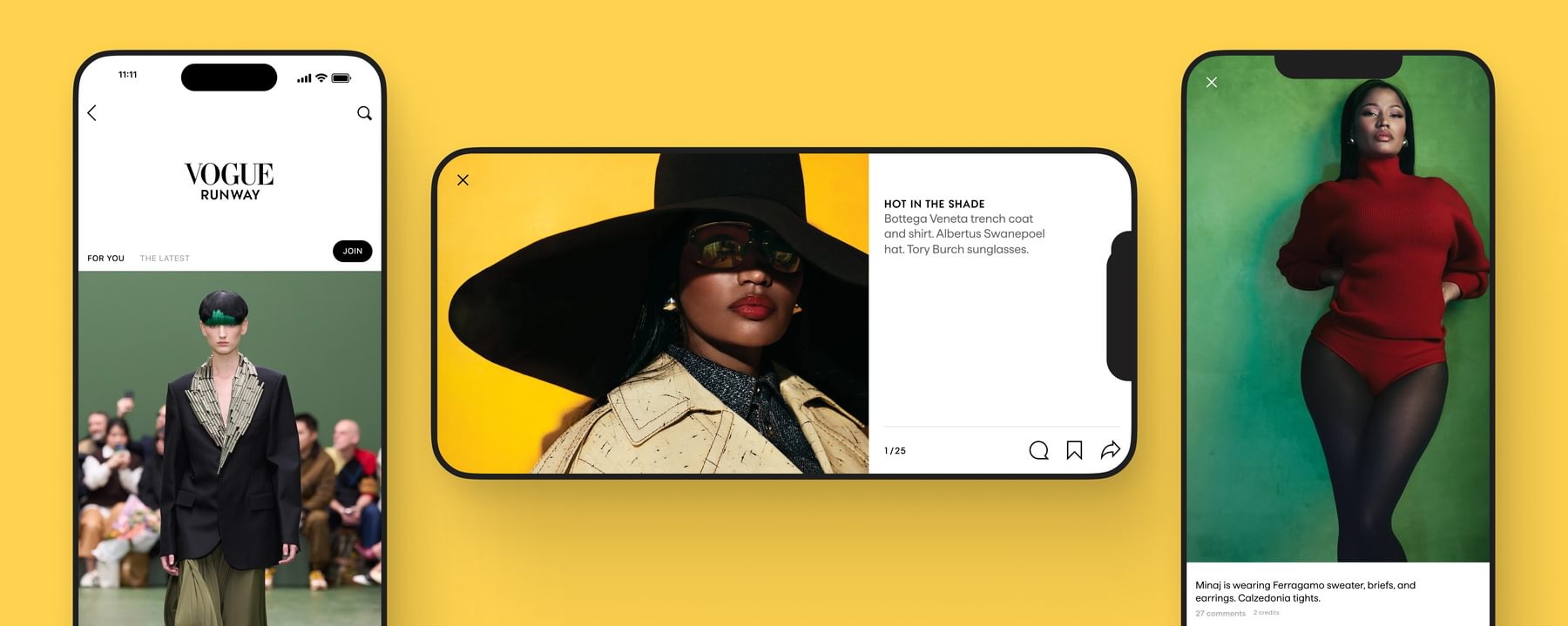
A merit-based reward system boosts contributions with credibility. Each time a user posts, their on-platform reputation rises, and eventually they hit a point where the publishing team reviews their profile and award them official verification. It’s a way to flex that differentiating advantage that only a publisher-run platform has, leveraging the title’s reputation.
This network of communities also helps build a diverse global revenue model. We designed a system with multiple, flexible revenue streams to adapt to an ever-changing market, including options for advertiser purchases, subscription packages, and paywalls.
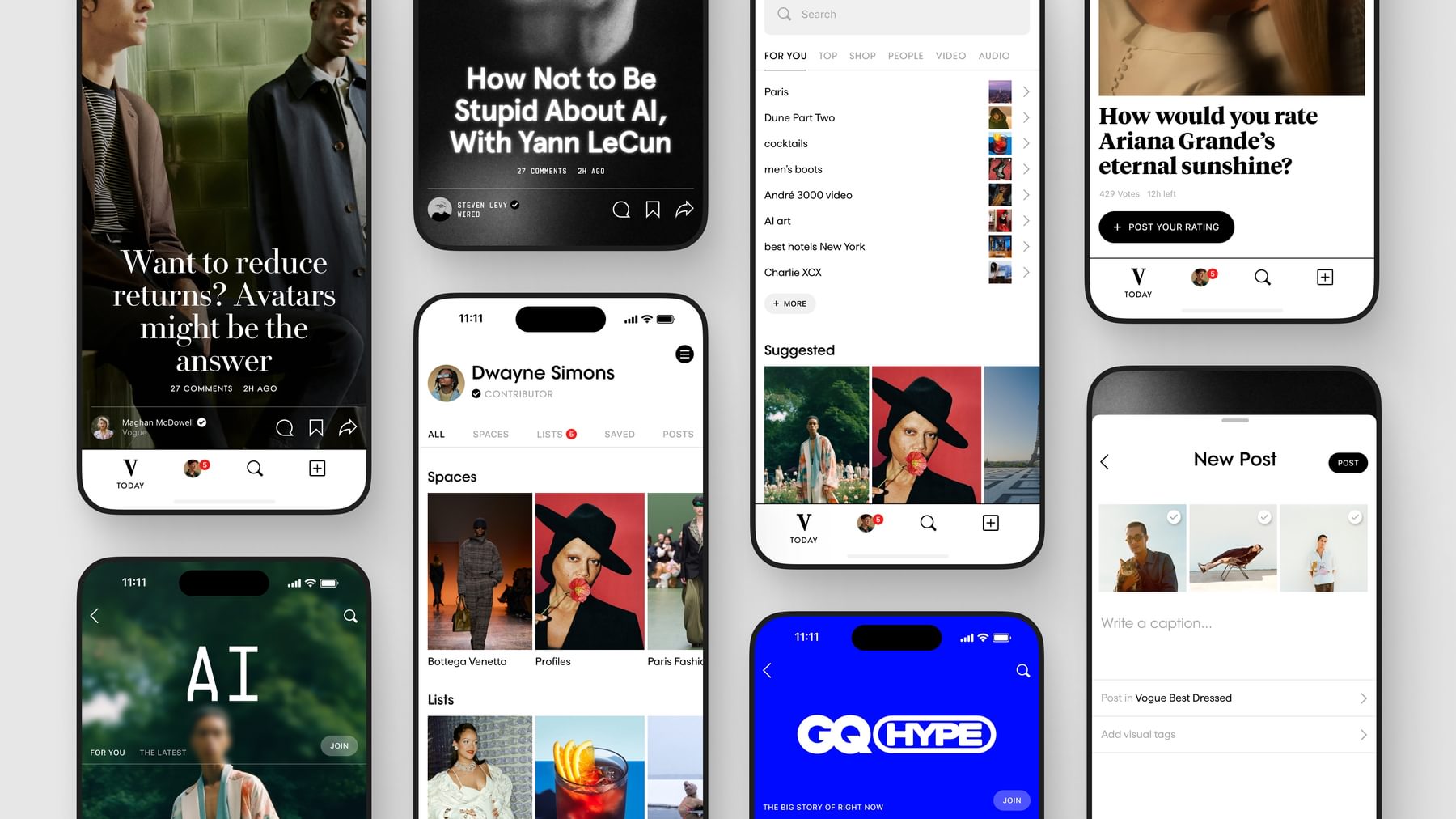
This is not just a reader app. It’s a cultural lens and an invitation to participate. You can download the app and explore the world of Vogue here.



